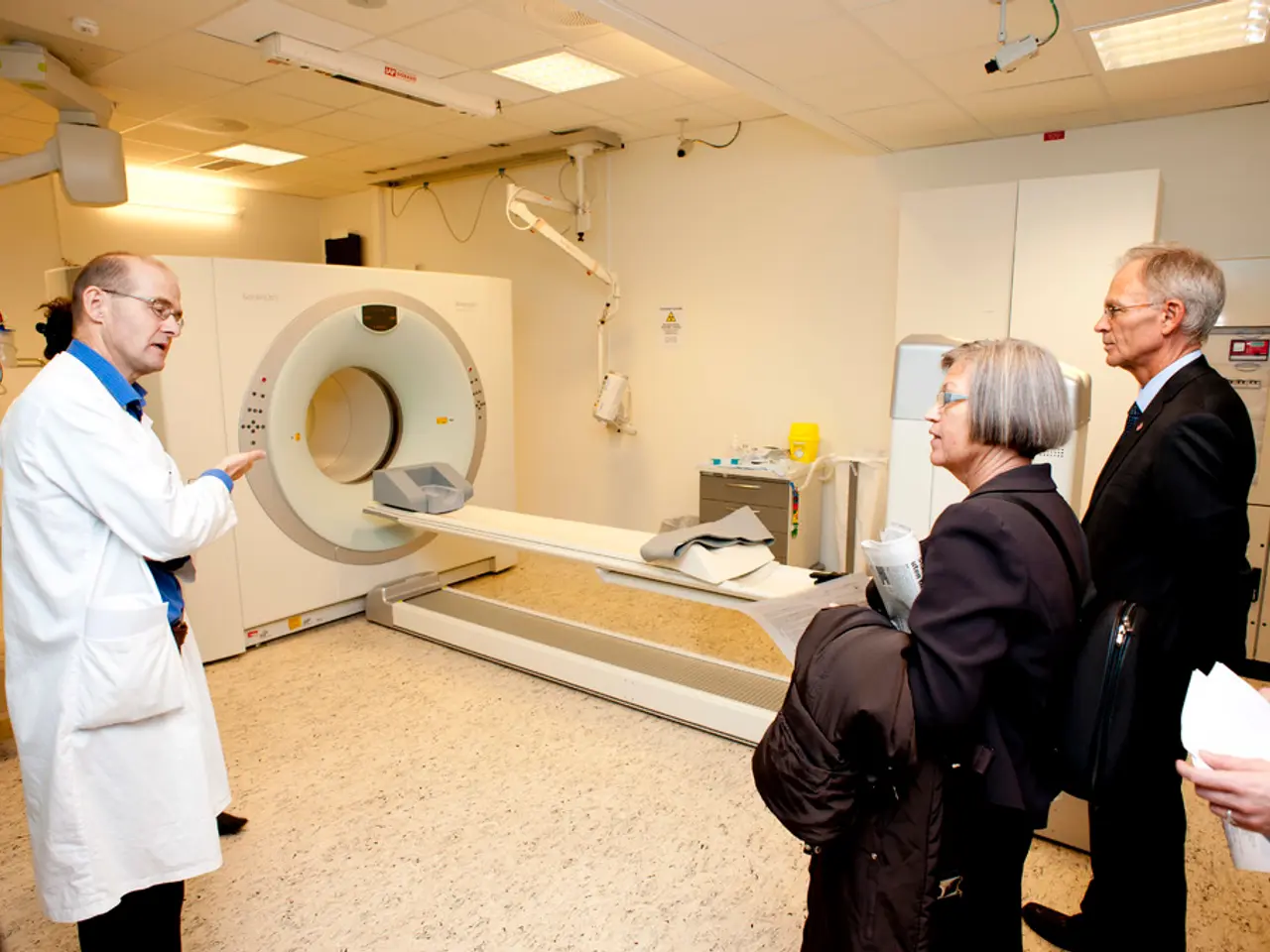EU relaxes baggage regulations for air travel
European Airports Begin Phasing in New 3D CT Scanners for Carry-On Luggage
In a significant shift for air travel in Europe, select airports across the continent have started implementing new 3D CT scanners as part of a continent-wide security upgrade. These advanced explosive detection devices, such as the Hi-Scan 6040 CTiX, are set to allow passengers to carry larger containers of liquids in their carry-on luggage.
The rollout of these new scanners began in mid-2025, with airports in Germany, Italy, the Netherlands, Ireland, Spain, and other EU nations leading the way. The new devices, which use computed tomography (CT) to produce detailed 3D images, are designed to detect liquid explosives without requiring passengers to remove liquids from their bags.
However, it's important to note that the transition remains uneven. Not all airports or terminals have upgraded yet, and individual airports have discretion on when to implement the new rules. For instance, Munich Airport has the necessary scanners but needs to adjust the software, delaying the change due to the high volume of passengers during the Bavarian summer holidays. At Frankfurt Airport, 40 of nearly 190 control lanes already have the new scanners, with another 40 on order, but no change for passengers has been implemented yet.
Travelers are advised to check specific airport rules before flying, as many still enforce the 100ml limit unless the airport confirms otherwise. The liquid restrictions in air transport were introduced in 2006 due to the potential for terrorists to make explosives on board an aircraft from several liquids.
The nationwide, complete switch-over of all security lanes to CT scanners is complex due to high acquisition costs and extensive structural adjustments. The scanners are larger in size compared to the old devices, which adds to the complexity of the transition. Last summer, doubts were raised about the reliability of the baggage scanners, leading the EU to order further tests.
Funding for the security devices can be provided by airport operators, the Federal Ministry of the Interior, or state aviation security authorities. The end of the 100-milliliter container rule for liquids in carry-on luggage may take some time in Germany due to old devices and software issues.
The European Union has approved scanners that can detect liquid explosives, potentially allowing larger bottles in carry-on luggage. These scanners are manufactured by Smiths Detection and are used for scanning hand luggage at airports in the European Union. They can detect both solid and liquid explosives and deliver hundreds of images of luggage without slowing down, enabling three-dimensional views and layer-by-layer scanning.
Despite some airports having briefly suspended liquid restrictions with advanced scanners in 2024 but reimposing them before this current phased rollout with updated technology from a specific vendor, Smiths Detection, the future of air travel in Europe seems to be moving towards a more convenient and efficient security check process.
Passengers may find increased convenience in their travel lifestyle as European airports phase in new 3D CT scanners, allowing for larger containers of liquids in carry-on luggage. The European Union's approval of scanners manufactured by Smiths Detection marks a significant shift towards a more efficient security check process during air travel.




